
 |
|
#1
|
||||
|
||||
|
Andy Wright of Team OEX Oceanside sneaks in between the kelp and the boiler rocks 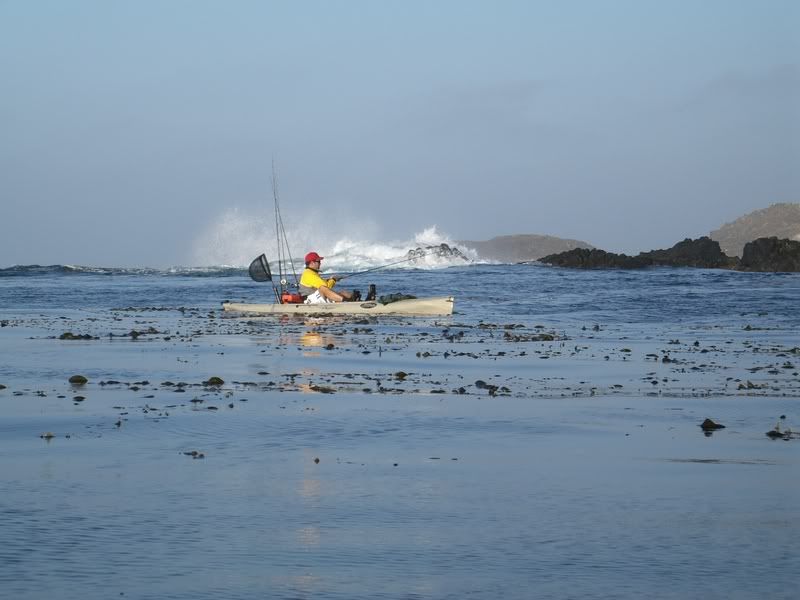 Boiler Rock fishing for Calico Bass on the Kayak. By Nathan ‘steamroll’ Clookie I don’t know if it’s the opportunity to catch bruiser bass or the risk of getting pummeled that keeps me coming back to the boiler rocks in search of Calico Bass. You never know when you’re going to hook into that 10 lb fish of a lifetime or get swallowed by a sneaker set of wavers. It you’re not familiar with boiler rock fishing, let me explain the basics. The author with a typical boiler bass 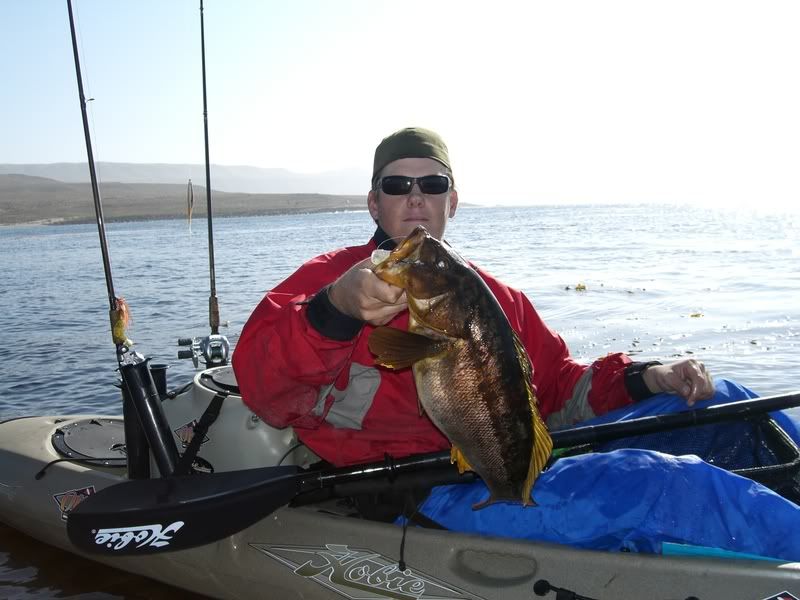 First, what is a boiler rock and how do I find them? Boiler Rocks or ‘boilers’ are found anywhere along the coast where surf pounds up against cliffs, reefs and rocky shore lines. Some of the boilers are a few inches to a few feet below the surface of the water; these can be located by surf breaking over the top of them. Other rocks are exposed and are more easily identified. In San Diego, we can find good boiler rocks in Point Loma, La Jolla and scattered along the North County coastline. Boaters can’t get in this tight, so take advantage of owning a kayak and tackle this uncharted territory. So you’ve found some boilers, now what? You’ve got several options on what to throw into the swirling mess of white water and rocks. Swimbaits, weedless jigs (like the Trix Jetty Worm), shallow diving crankbaits, irons and top water lures will all catch fish, but for the purpose of this article, I’m going to focus on weedless lures like the TJW and MC Swimbait’s 8” Slug. The reason I prefer weedless lures is mostly ease of use but also for safety. If you aren’t careful, the boiler rock zone can be a very dangerous place. You don’t want a lure to hang up on a rock at the same time a big set is coming in. With weedless lures, you lessen the chance of snagging the rocks. Tools of the trade 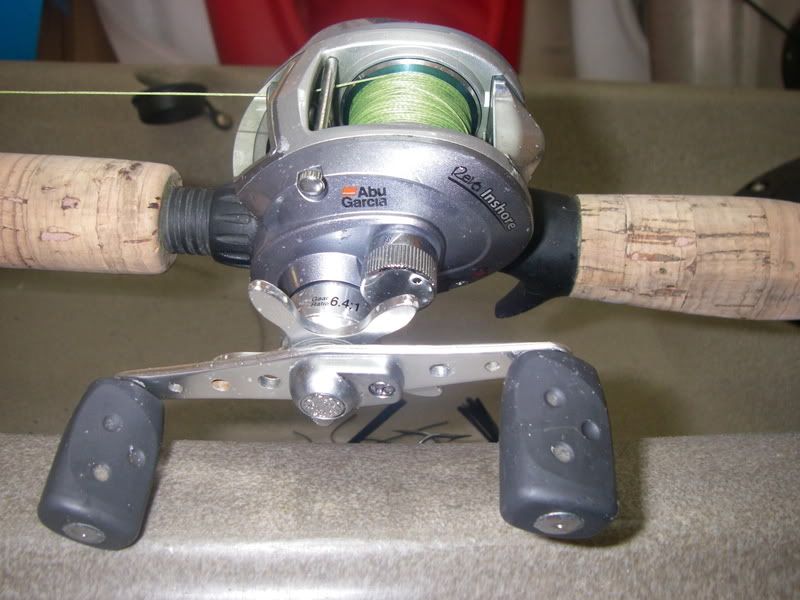 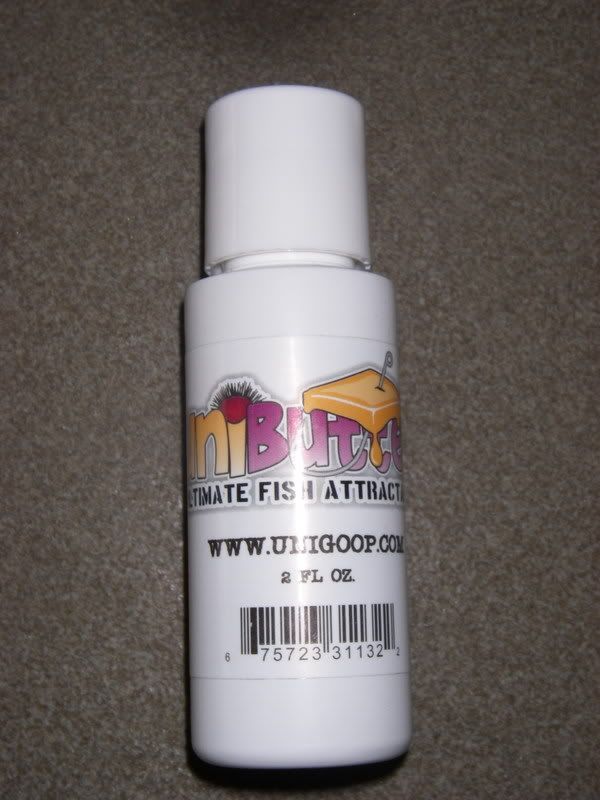 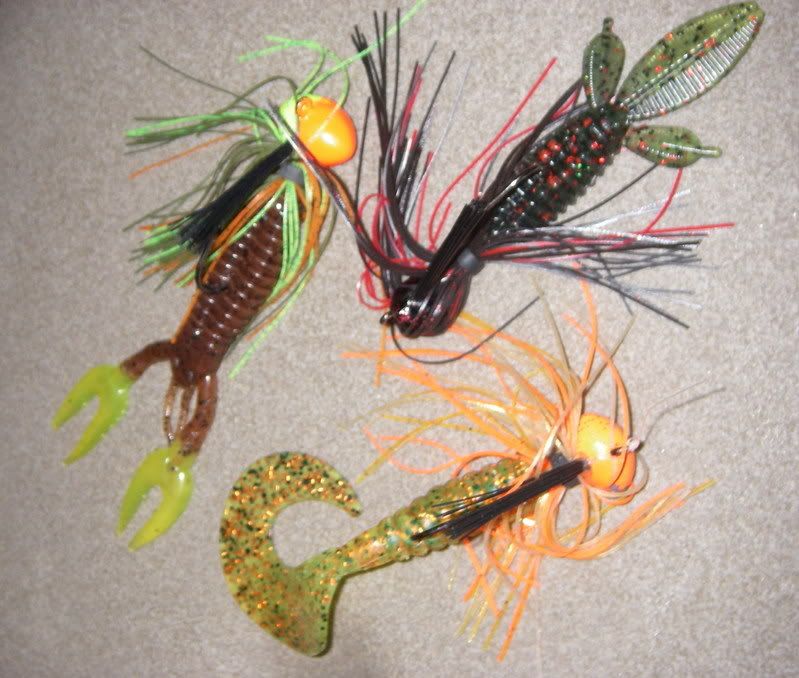  Team OEX ProStaffer Matt Kim proves that perseverance pays off with this trophy fish  What kind of tackle do I need? My friends and I use low profile bait casters on 7ft extra heavy fast rods. We fill our spools with 80 lb spectra line and use a 7-10 foot 50 lb fluorocarbon leader. Anything less and you will lose your once in a lifetime fish. I’ve been using the Abu Garcia Revo Inshore reel. With 24 lbs of drag, I’m confident that can horse the bass off the rocks. Before going in to close, sit back on the outside and watch the sets for 15-20 minutes. Learn the pattern of the waves, figure out where they are coming from, how far the waves are spaced apart and how often a big set rolls through. With this knowledge you can judge when it is a good time to move in and make your cast. It’s also a good idea to have one of your buddies act as a spotter on the outside. Your buddy can act as a warning system and alert you before a big set comes in. PFD’s and all safety equipment is a MUST have. OEX's Andy Wright fishes tight against the shoreline 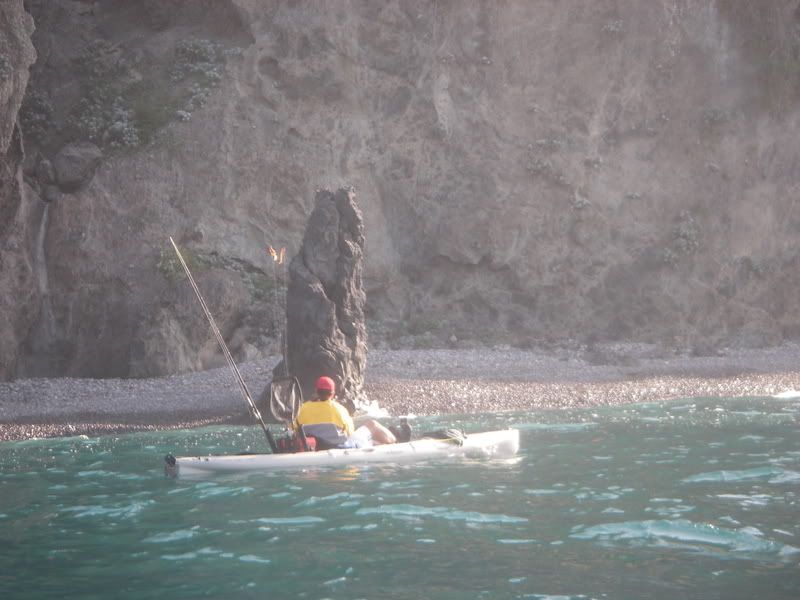 When and where should I cast my lure? Try and time your casts so that your lure is hitting the white wash as it comes in and covers the rocks. As the water recedes, your lure should fall right into the zone. Trophy calico bass are sitting below these rocks waiting for the waves to serve them dinner. Bait fish, crabs and other tasty morsel are constantly being washed over the rocks and into a calico’s stomach. Make sure to add a scent like Unibutter to your lure so that it will smell and tastes like a natural bait. How do I know when I get bit? Once a big calico has committed to eating your bait, your rod will load up (it might even feel like you snagged the bottom, but remember, you are using weedless lures) and as you reel in your line, you’ll notice that you will be pulling yourself toward the fish. These bruiser bass will do anything it takes to hold their ground. Once you’ve pulled yourself almost directly over the fish, it’s easier to pry them from their rock and reel them into the kayak. Now its time to high tail it out of the impact zone. Once you’ve paddled out of harms way, you can safely weigh, photograph and release your fish. Please don’t keep these big breeder calicos for the dinner table. Let them go and grab some fish from Tommy at Catalina Offshore Products instead. Hopefully this inspired you to go get out and get some toad bass. Just remember to be careful, pay attention to swell forecasts and practice your surf and rough water skills on your kayak before heading out and putting yourself in harms way. About the author – Nathan is a member of the Hobie Fishing Team and is also sponsored by Berkley, Unibutter, Trix Jetty Worms and Abu Garcia. When he’s not out on his kayak, you can find him at OEX Oceanside Kayak Shop. OEX Oceanside 236 S. Coast Hwy Oceanside, Ca 92054 760-721-6195 www.oexoceanside.com
__________________

|
|
#2
|
|||
|
|||
|
Hey Nate, is that the "calico bass" face expression?!?
Great write up!!!  Good to see the AKF board coming back alive. 
|
|
#3
|
|||
|
|||
|
Awesome info. You guys should get together and write a book.
|
|
#4
|
|||
|
|||
|
great write up , very informative
nice accompanied pix too
__________________
Hobie Mirage Revolution Prowler 13 - Look ma no hands |
 |
|
|